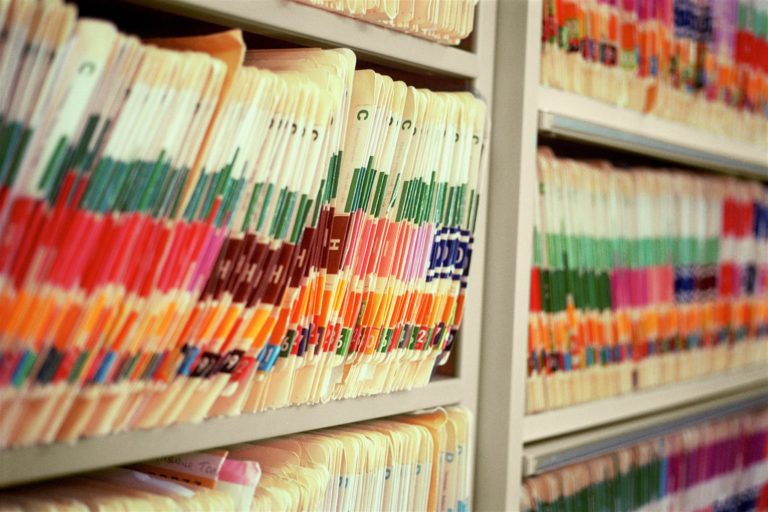 Last year, the students of the American International School of Bucharest (AISB) conducted a service-learning project to reduce the volume of paper the school consumed and ultimately, reduce the school’s carbon impact. What they got in return was a grassroots initiative to make AISB the first paperless school in Romania. Here’s a look at how they did it.
Last year, the students of the American International School of Bucharest (AISB) conducted a service-learning project to reduce the volume of paper the school consumed and ultimately, reduce the school’s carbon impact. What they got in return was a grassroots initiative to make AISB the first paperless school in Romania. Here’s a look at how they did it.
The students approached the school’s IT manager, Johnson Jacob, to help create a detailed analysis of charts and graphs that would answer questions such as, how much paper the school actually used and how much was wasted, as well as to highlight opportunities to reduce paper volume. The numbers were shocking to both students and Jacob, and they learned that in some cases, workbooks were copied page for page for each student. In addition, Jacob learned that the current, multi-branded printing equipment created security challenges with the mixed IT network.
AISB approached Xerox last year to help modernize their IT network, replacing twenty-four pieces of multi-branded printing equipment with nine, new, next-generation multi-function Xerox devices. The technology enabled AISB to improve document intensive processes with increased flexibility, productivity, printing quality and security, in addition to reducing the paper consumption. The setup took just a few weeks, and in a few short months, the IT department reported the number of support calls were reduced to almost zero. Some teachers even managed to turn their classes completely paperless, with students studying workbooks directly from e-readers and tablets.
Usage of cloud-based services is the next step for AISB, further decreasing the school’s paper consumption. David Ottaviano, director of the American International School of Bucharest, estimates that in five years, the new technology will help reduce the school’s costs by 20 percent.
“With Xerox smart MFPs and advanced software tools we benefit from the capability to track monthly consumption, up to each user’s level. Also we enjoy high mobility, diversified security options and have multiple possibilities to be environmentally responsible, and that is exactly what we wished for,” said Ottaviano.
Full results are expected within one year – yet apart from the obvious cost cutting and lower paper consumption, the usage of the new equipment and processes gave both students and teachers tremendous freedom to work and to share their work digitally. Plus a wonderful sense of purpose, seeing that their concerns and their ideas can be brought to life quickly, in their own school environment.


